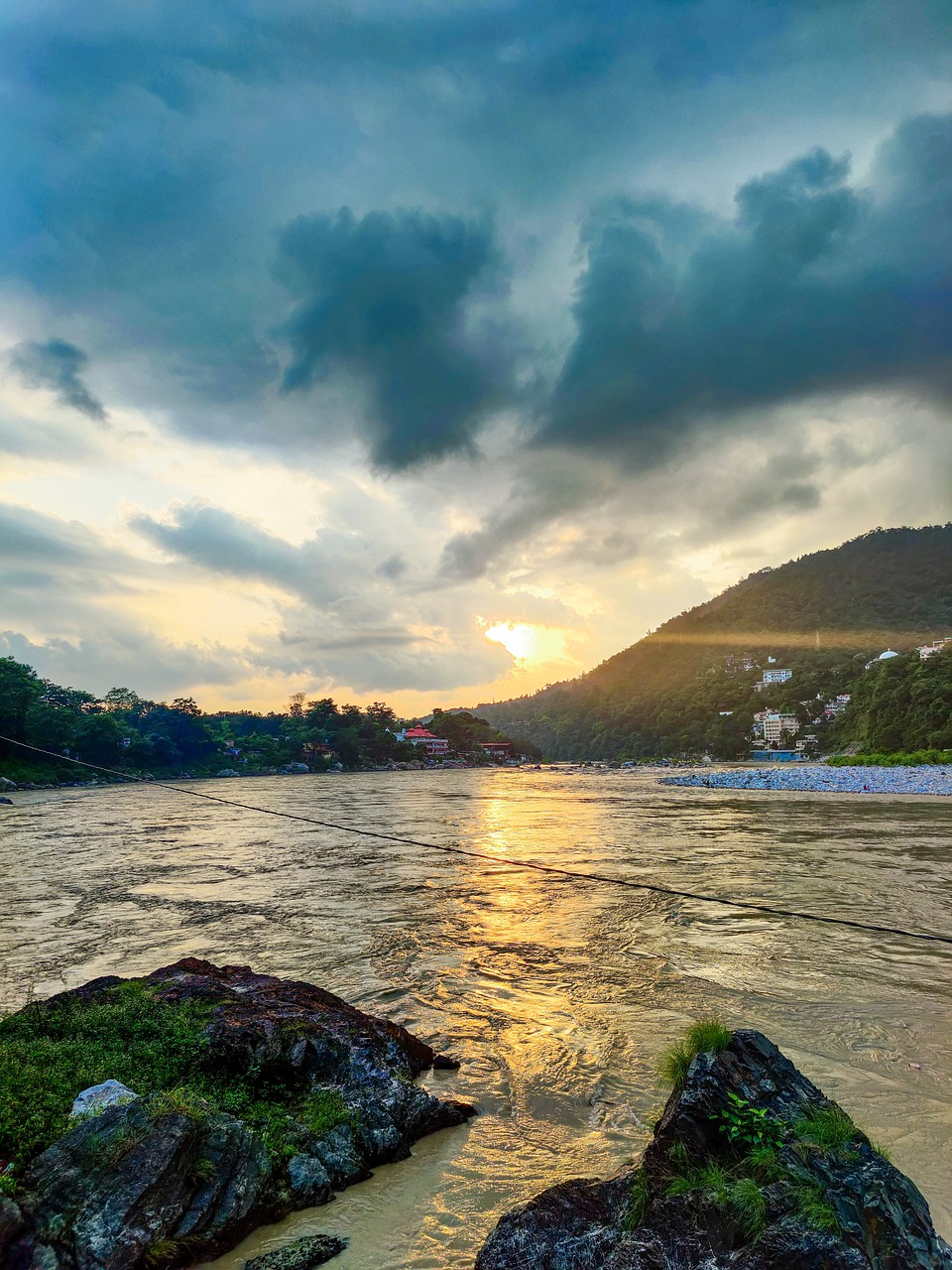
Introduction
The Chardham Yatra is one of the most revered pilgrimages in India, covering the four sacred sites of Yamunotri, Gangotri, Kedarnath, and Badrinath. Nestled in the high-altitude regions of the Himalayas, this spiritual journey is both rewarding and challenging. As thousands of pilgrims undertake this yatra every year, it is crucial to be aware of the health and safety measures required to ensure a smooth and fulfilling experience. This guide will provide essential tips to help you prepare for high-altitude travel, ensuring that your pilgrimage is safe, comfortable, and spiritually enriching.
Understanding High-Altitude Challenges
The Chardham tour package typically takes pilgrims to altitudes ranging from 3,000 to over 11,000 feet. Traveling to such heights comes with certain physiological challenges, including:
- Acute Mountain Sickness (AMS): Symptoms include headaches, dizziness, nausea, and breathlessness.
- Low Oxygen Levels: Reduced oxygen levels can cause fatigue and breathing difficulties.
- Cold Weather Risks: The temperatures in these regions can drop significantly, even during summer.
- Physical Exertion: Long treks and uneven terrain require physical endurance.
Being well-prepared can help mitigate these risks and ensure a comfortable journey.
Pre-Yatra Health Preparations
1. Medical Check-Up
Before embarking on your Chardham tour package, it is advisable to undergo a thorough medical check-up. Individuals with respiratory issues, heart conditions, or high blood pressure should consult their doctors regarding travel suitability and necessary precautions.
2. Physical Fitness
Building stamina is essential for this pilgrimage, as it involves long walks and treks. Engage in regular physical activities such as:
- Brisk walking or jogging for 30-45 minutes daily.
- Breathing exercises and yoga to enhance lung capacity.
- Stretching and strength training to improve muscle endurance.
3. Vaccinations and Medications
Ensure you are vaccinated against common infections such as influenza and pneumonia. Carry prescribed medications for altitude sickness, headaches, digestive issues, and chronic ailments.
Packing Essentials for High-Altitude Travel
1. Clothing and Footwear
- Layered clothing to adjust to varying temperatures.
- Thermal wear, gloves, woolen socks, and a windproof jacket.
- Waterproof trekking shoes with a good grip.
2. Medical and First Aid Kit
- Altitude sickness medicine (Diamox or prescribed alternative).
- Pain relievers, anti-nausea tablets, and anti-diarrheal medication.
- Bandages, antiseptic wipes, and muscle pain spray.
3. Hydration and Nutrition
- Carry a refillable water bottle and stay hydrated.
- Energy bars, dry fruits, and ORS (oral rehydration salts) for instant energy.
4. Essential Travel Gear
- Torchlight with extra batteries.
- Sunglasses and sunscreen to protect against UV rays.
- A walking stick for better balance on steep terrains.
Altitude Sickness Prevention and Management
1. Gradual Acclimatization
- Spend a day at moderate altitudes before heading to higher locations.
- Avoid sudden exertion and walk at a steady pace.
2. Hydration and Diet
- Drink plenty of water to prevent dehydration.
- Consume light, high-carbohydrate meals for sustained energy.
3. Oxygen Support
- Portable oxygen cylinders can be carried for emergencies.
- Be aware of oxygen stations available along the route.
Weather Precautions and Travel Safety
1. Checking Weather Conditions
- The Himalayan weather is unpredictable; check forecasts before travel.
- Avoid travel during extreme conditions like heavy snowfall or landslides.
2. Safe Trekking Practices
- Stick to marked trails and follow local guides.
- Avoid overexertion and take frequent rest breaks.
3. Emergency Contacts and Connectivity
- Keep emergency contact numbers handy.
- Mobile network coverage is limited; carry a satellite phone if possible.
Choosing the Right Chardham Tour Package
Opting for a well-organized Chardham tour package can greatly enhance safety and convenience. Look for packages that include:
- Medical support and emergency evacuation plans.
- Comfortable accommodations with proper heating and sanitation.
- Well-planned itineraries with adequate rest periods.
Conclusion
The Chardham Yatra is a sacred journey that requires both spiritual and physical preparation. By following these health and safety tips, pilgrims can mitigate risks associated with high-altitude travel and enjoy a fulfilling experience. Choosing a reliable Chardham Tour Package further ensures that all essential aspects of the journey are well-managed, making the pilgrimage both safe and memorable.
With proper preparation, devotion, and mindful travel practices, your Chardham Yatra can be a transformative experience, bringing you closer to spiritual enlightenment while ensuring your well-being in the challenging Himalayan terrain.




Leave a Reply